
cd_nom
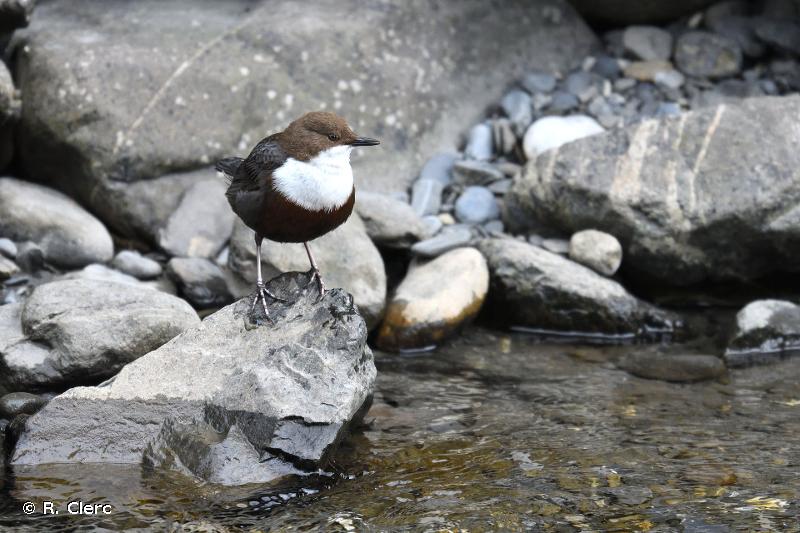
| Author : R. Clerc |
 |
To get the picture, please visit:
Roland Clerc
Photographe naturaliste
http://www.faune-valais.ch/index.php?page=accueil
email : inpn@mnhn.fr
Despite the Creative Commons license, please inform the author of the use which will be made of his photo
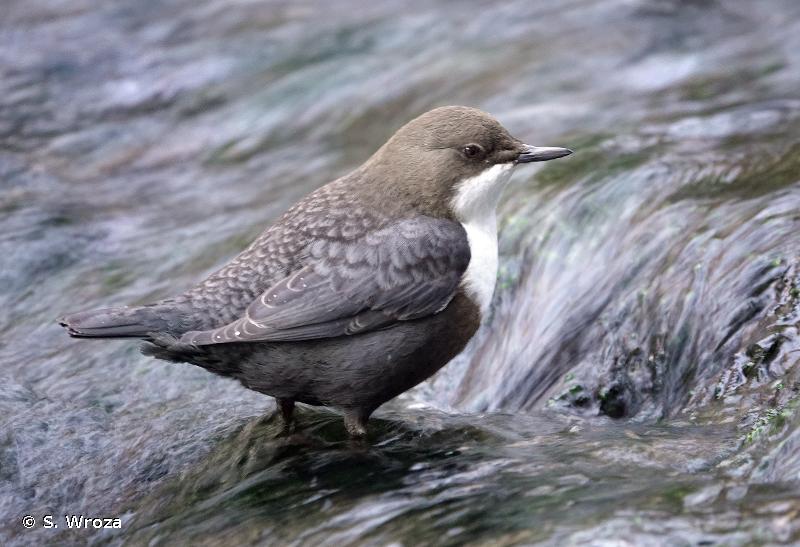
| Author : S. Wroza |
 |
Despite the Creative Commons license, please inform the author of the use which will be made of his photo
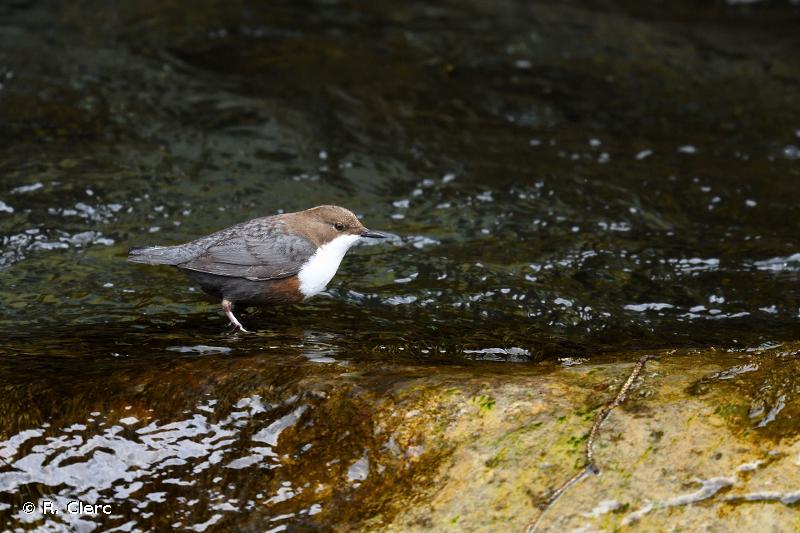
| Author : R. Clerc |
 |
To get the picture, please visit:
Roland Clerc
Photographe naturaliste
http://www.faune-valais.ch/index.php?page=accueil
email : inpn@mnhn.fr
Despite the Creative Commons license, please inform the author of the use which will be made of his photo
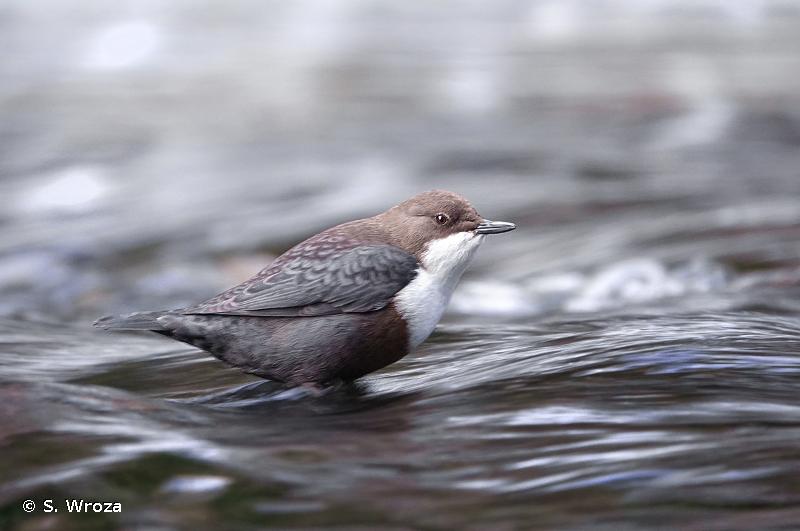
| Author : S. Wroza |
 |
Despite the Creative Commons license, please inform the author of the use which will be made of his photo
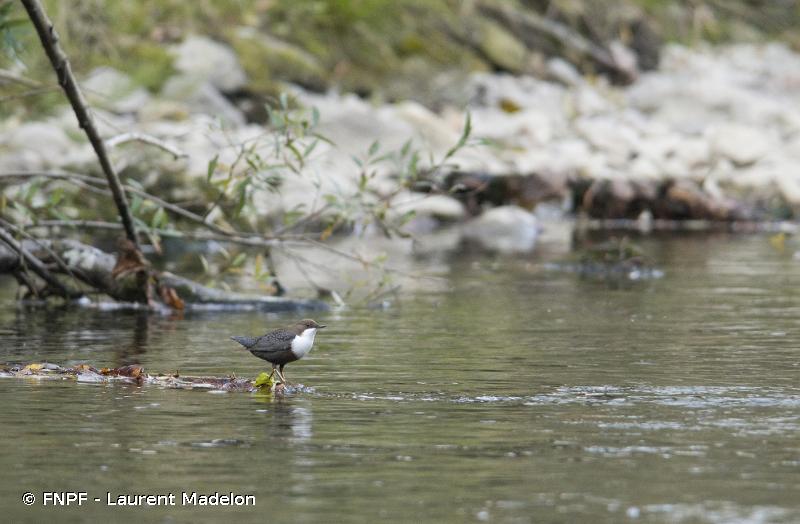
| Author : FNPF - Laurent Madelon |
 |
To get the picture, please visit:
Laurent Madelon
Fédération Nationale de la Pêche en France et de la protection du milieu aquatique
inpn@mnhn.fr
Despite the Creative Commons license, please inform the author of the use which will be made of his photo
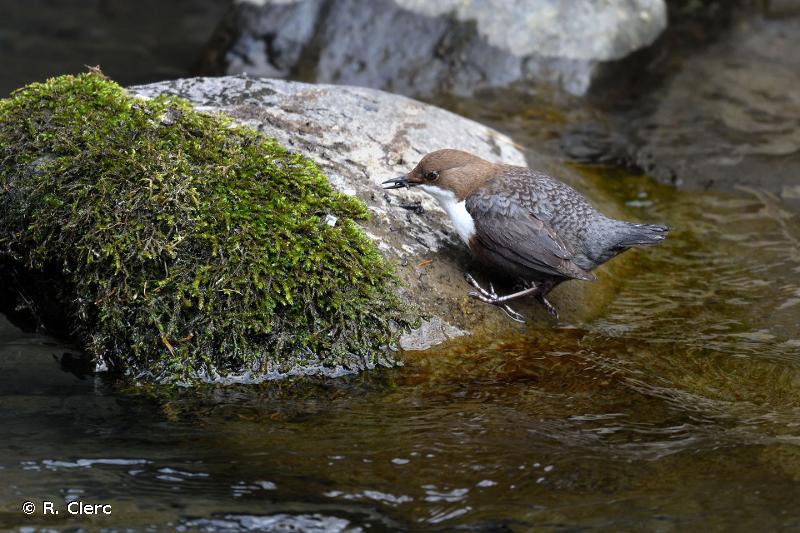
| Author : R. Clerc |
 |
To get the picture, please visit:
Roland Clerc
Photographe naturaliste
http://www.faune-valais.ch/index.php?page=accueil
email : inpn@mnhn.fr
Despite the Creative Commons license, please inform the author of the use which will be made of his photo
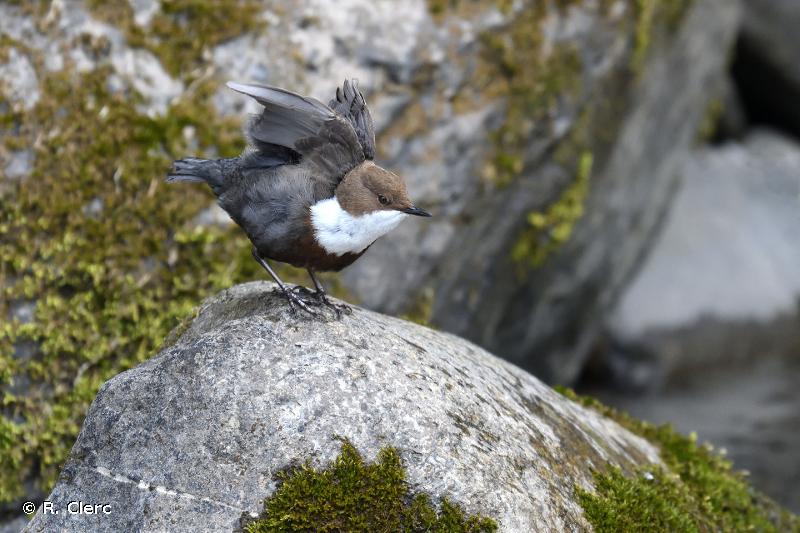
| Author : R. Clerc |
 |
To get the picture, please visit:
Roland Clerc
Photographe naturaliste
http://www.faune-valais.ch/index.php?page=accueil
email : inpn@mnhn.fr
Despite the Creative Commons license, please inform the author of the use which will be made of his photo
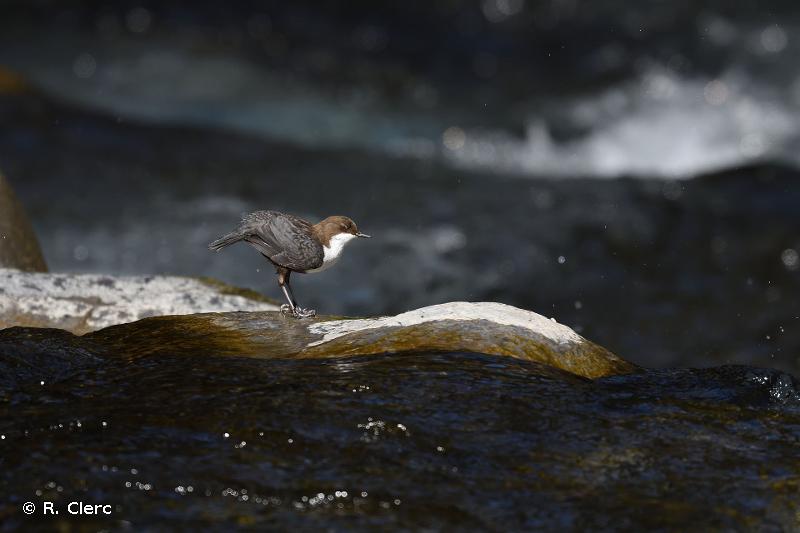
| Author : R. Clerc |
 |
To get the picture, please visit:
Roland Clerc
Photographe naturaliste
http://www.faune-valais.ch/index.php?page=accueil
email : inpn@mnhn.fr
Despite the Creative Commons license, please inform the author of the use which will be made of his photo
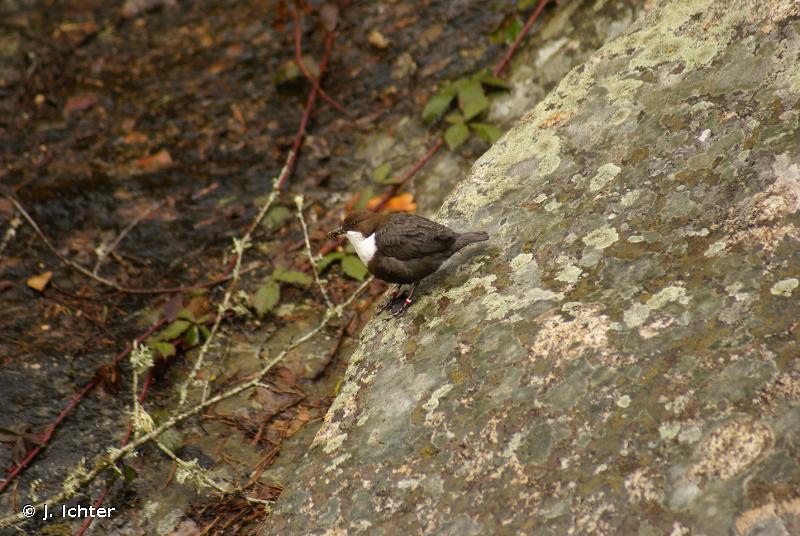
| Author : J. Ichter |
 |
To get the picture, please visit:
Jean Ichter
email : inpn@mnhn.fr
Despite the Creative Commons license, please inform the author of the use which will be made of his photo
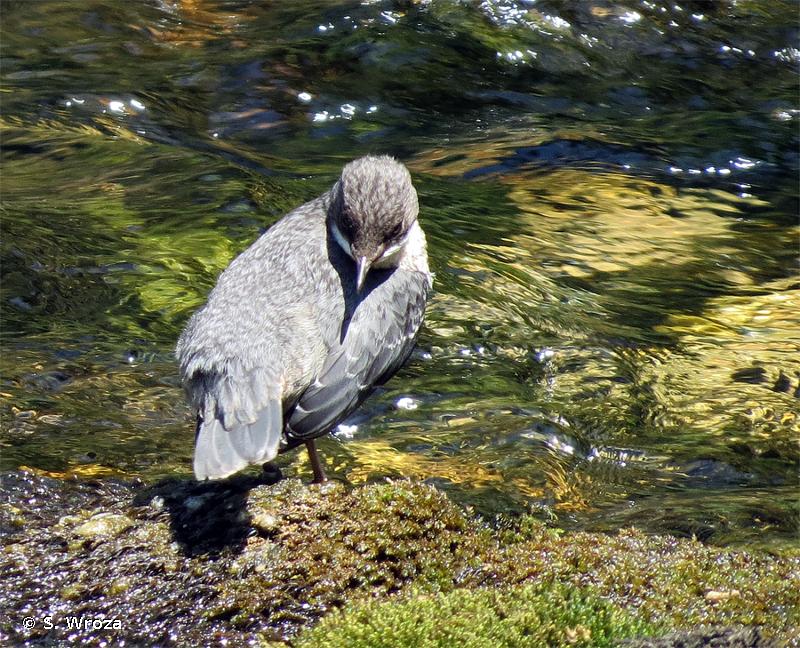
| Author : S. Wroza |
 |
Despite the Creative Commons license, please inform the author of the use which will be made of his photo
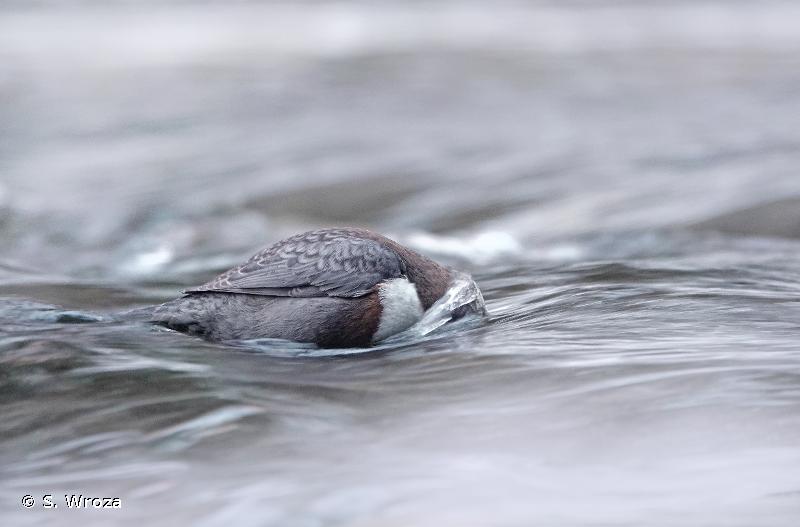
| Author : S. Wroza |
 |
Despite the Creative Commons license, please inform the author of the use which will be made of his photo
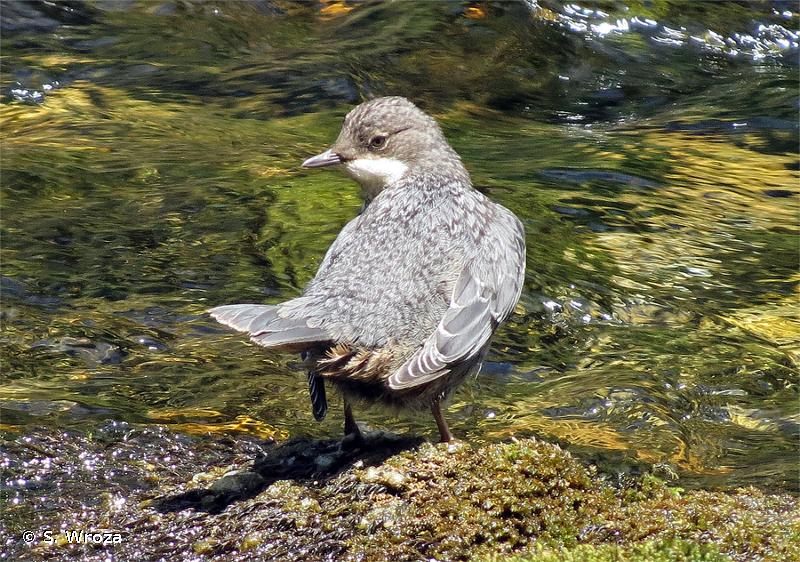
| Author : S. Wroza |
 |
Despite the Creative Commons license, please inform the author of the use which will be made of his photo
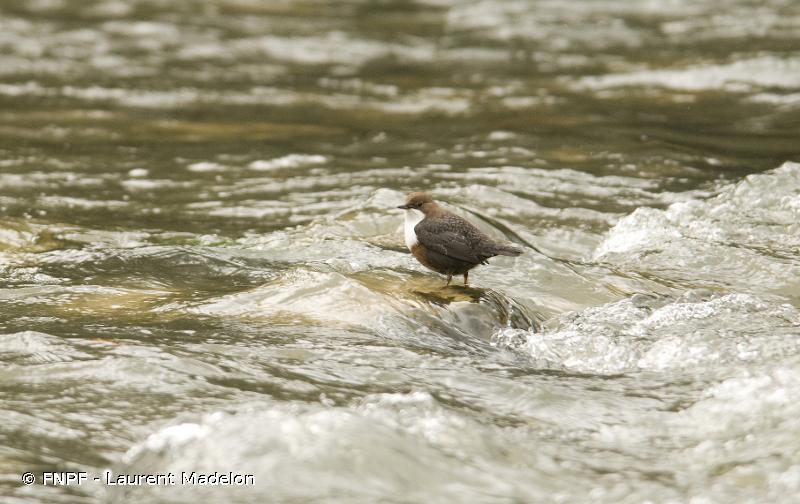
| Author : FNPF - Laurent Madelon |
 |
To get the picture, please visit:
Laurent Madelon
Fédération Nationale de la Pêche en France et de la protection du milieu aquatique
inpn@mnhn.fr
Despite the Creative Commons license, please inform the author of the use which will be made of his photo
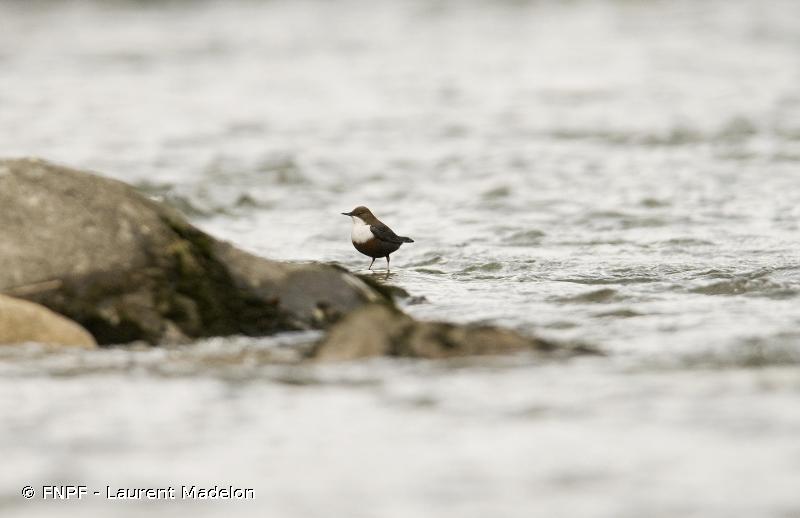
| Author : FNPF - Laurent Madelon |
 |
To get the picture, please visit:
Laurent Madelon
Fédération Nationale de la Pêche en France et de la protection du milieu aquatique
inpn@mnhn.fr
Despite the Creative Commons license, please inform the author of the use which will be made of his photo
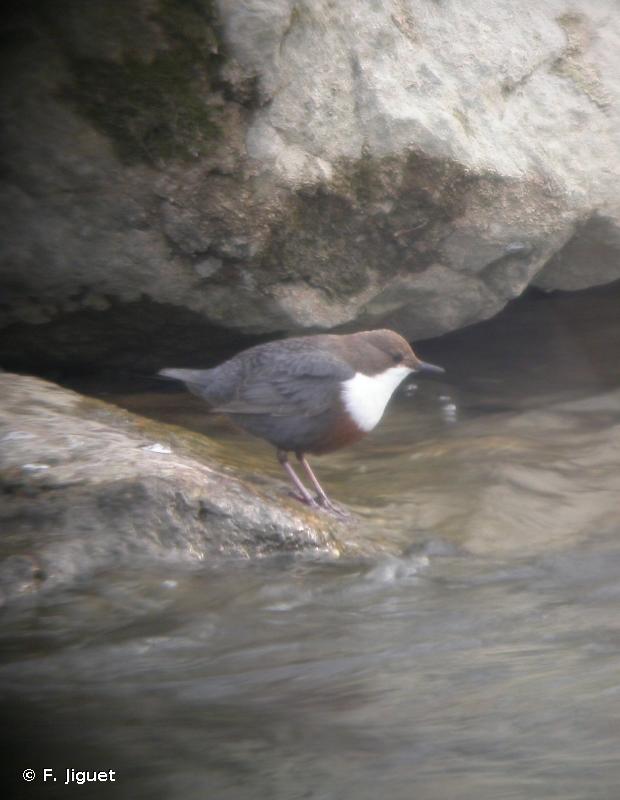
| Author : F. Jiguet |
 |
To get the picture, please visit:
Frédéric Jiguet
CRBPO
email : inpn@mnhn.fr
Despite the Creative Commons license, please inform the author of the use which will be made of his photo
Taille/poids :
Longueur totale du corps : 17-20 cm. Poids : 47-75 g.
Diagnose :
Le Cincle plongeur est un passereau au corps rondelet, à la queue courte, dont le plumage sombre peut faire penser à un petit merle. Un plastron blanc s'étendant du menton au sternum est limité par une bande rousse, parfois absente. La tête et la nuque sont marron, le reste du plumage est brun sombre à noir.
Détermination :
Simple. Facile sur photo.
Toute l'année.
Biologie-éthologie :
Le Cincle se nourrit surtout d'invertébrés aquatiques qu'il recueille dans le lit des rivières en plongeant ou marchant sur le fond.
Biogéographie et écologie :
Espèce paléarctique, le Cincle plongeur occupe les cours d'eau de la plupart des zones montueuses d'Eurasie et du nord-ouest de l'Afrique. En période de reproduction le Cincle fréquente les rivières ou ruisseaux rapides aux eaux fraîches, à lit caillouteux, à débit parfois intermittent, en des sections pourvues d'un emplacement pour le nid et de ressources trophiques suffisantes.
Compilé par J. Comolet-Tirman à partir des Cahiers d’habitats.(UMS 2006 Patrimoine Naturel (AFB / CNRS / MNHN)), 2017
Continental
Metropolitan France
Overseas
Marine
Metropolitan France
Overseas
